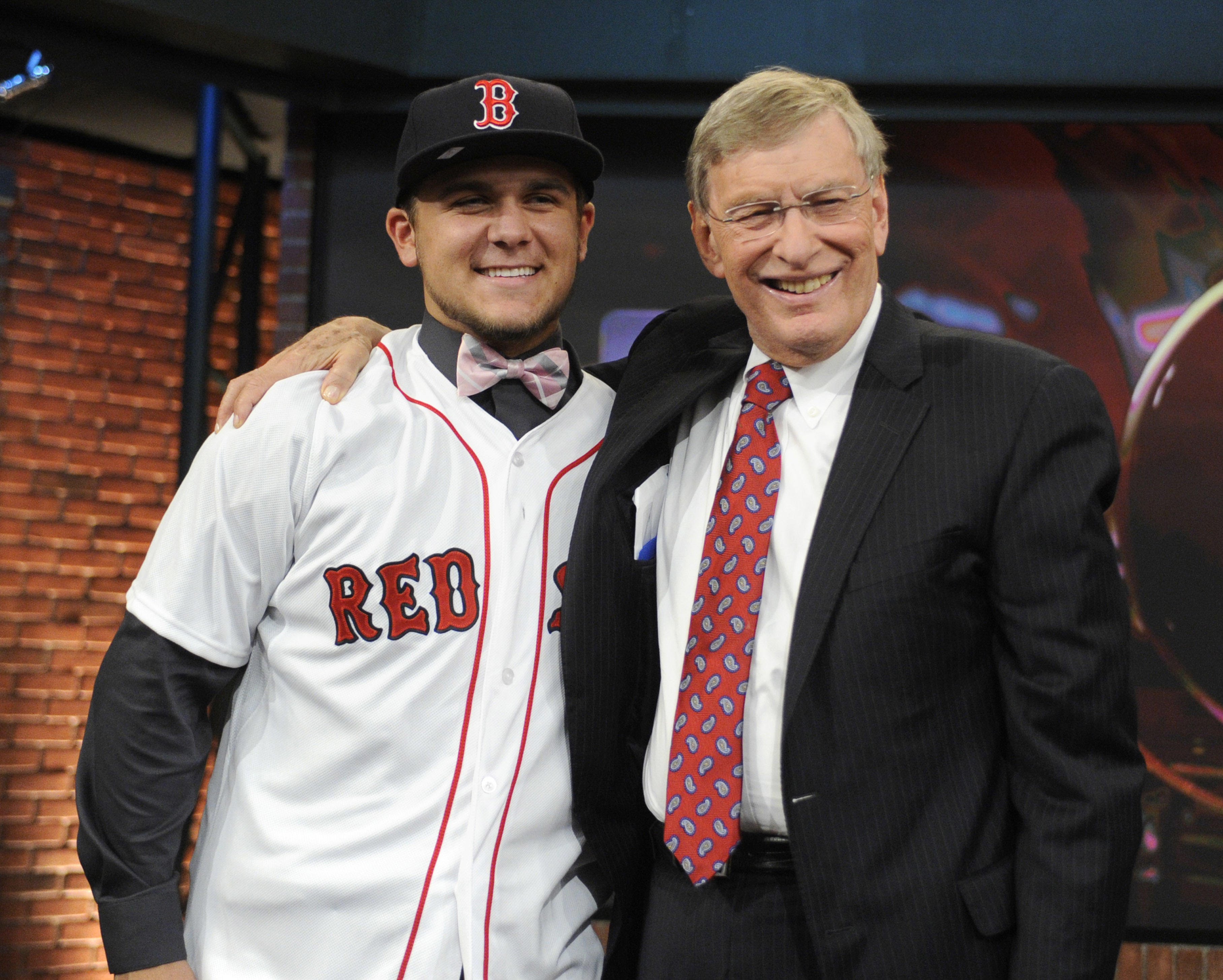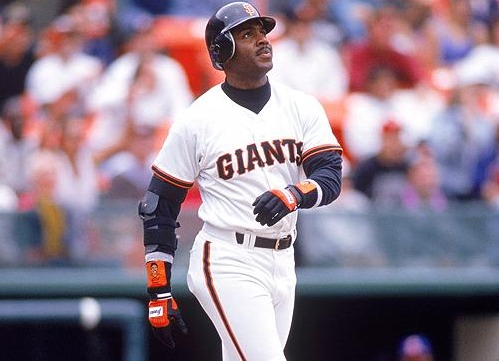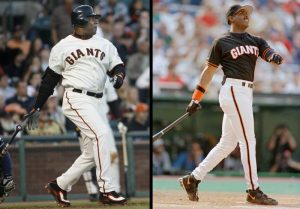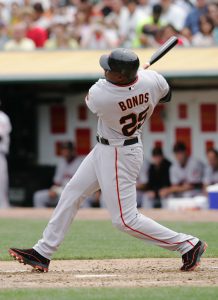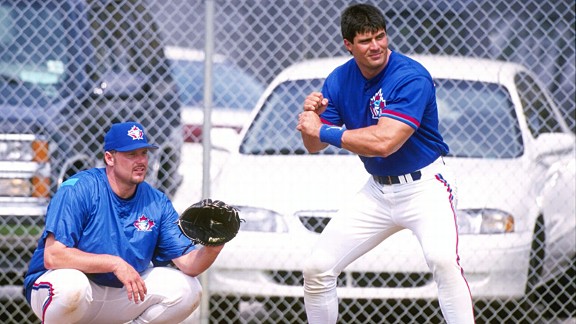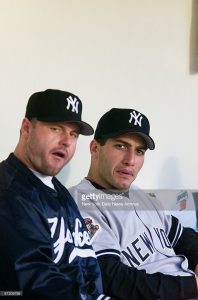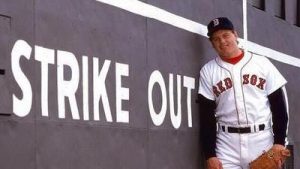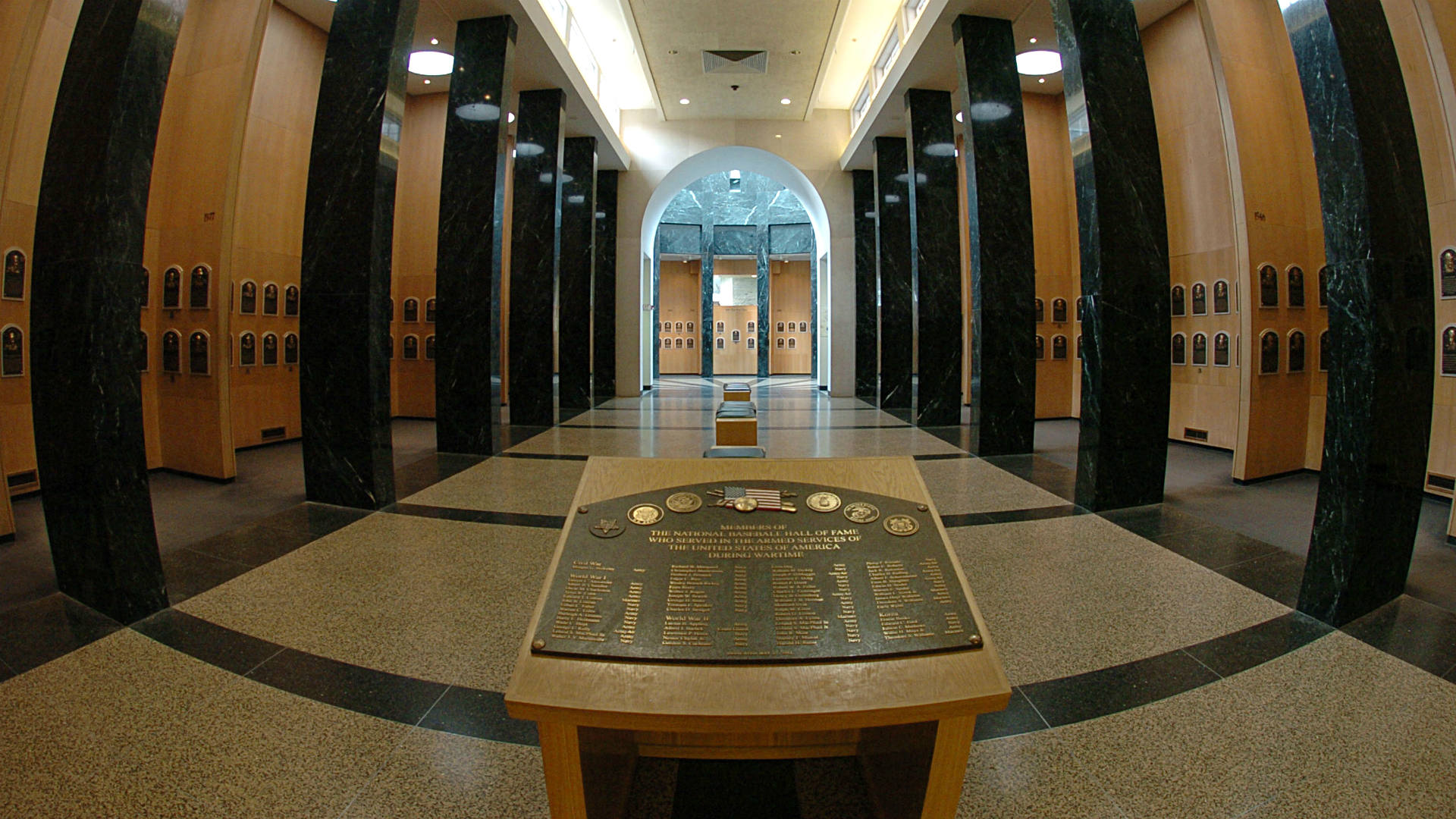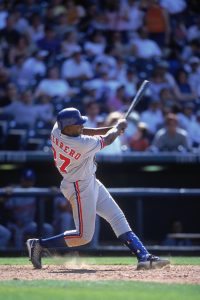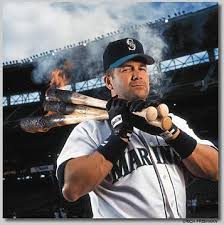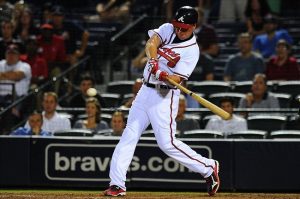Michael Chavis has tested positive for a banned substance dehydrochlormethyltestosterone (an anabolic steroid) and has been suspended for 80 games. Chavis was the Red Sox’ number one position player prospect their farm system. Chavis was ranked 80 in the Majors prospects, so lasting effects can be evident.
Michael Chavis Background
Who exactly is the top positional player for the Sox? The 5’10” Georgia native was acquired in the 1st round of the 2014 draft from Sprayberry Senior HS. The 22 year old third baseman struggled in 2016 after posting a .244/.321/.391 slash in 312 plate appearances. 2017 seemed to be the season where he took his young career to the next level. He produced a .282/.347/.563 slash between Portland, Salem, and Peoria. His home run total rose from eight in 2016 to 31 in 2017. It’s easy to project when Chavis began a regimen for anabolic steroids. Seeing that his average never really impressed until his 2017 season proves that his value is close to unreliable. Combine that with his average defending and we have ourselves a bust in the making.
Chavis was known for his strong arm but choppy footwork at the hot corner. It would make sense for his eventual transition to first base. The uncertainty of first base at the Sox’ Major League level is probably what made Chavis such a pivotal part of their farm system.
Aftershocks on the Farm System
So with Chavis’s eventual demotion in the farm system rankings, which players are left in the top 10? Well, everyone knows Jay Groome, the southpaw hurler reigning from Barnegat Township, New Jersey at number one overall. However, excluding pitchers, it is evident that the Sox don’t have a whole lot of youngsters. Sam Travis is the next positional player to take the top spot after Chavis’ suspension, and even that isn’t much to brag about. In 33 games playing for the 2017 Sox, he posted an underwhelming .263/.325/.342 line.
His below average scouting report highlights his lack of power. It really works against the height of his ceiling. This is the next best positional player the Sox have in their farm. The Sox can’t expect to keep Mookie Betts, Andrew Benintendi, Xander Bogaerts, and Jackie Bradley, among the other core youngsters. For a team that is about as “win now” as ever, this really hurts the Sox more than people may realize. It would be different if this happened to a team with a deep system (see: Braves, Yankees etc.). But it’s not ideal for a team that will owe Chris Sale a Brinks truck to keep him around.
Major League After Effects
You might already know that Dave Dombrowski is a very trigger happy executive. The Red Sox seem to be at a loss when it comes to production out of the bullpen so far in the 2018 season (except for Kimbrel and Poyner). The writing on the wall will point to possibly using Chavis as a trade piece to upgrade the bullpen to the likes of the Yankees or Indians. Now that Chavis is suspended, I cannot see a major trade going down for the Sox the rest of the season. The ball club was probably one big trade piece away from being an even bigger championship contender than before.
The Bottom Line
Let’s be real for a second: The Red Sox are still putting an elite team on the field night after night. They have a major league roster with an average age of 27.9 (6th in 2017) and a starting rotation that has had an excellent first week of the 2018 season. This comes without the contributions of Drew Pomeranz, Eduardo Rodriguez and Steven Wright. With Devers panning out to be the future third baseman of the Red Sox and Mitch Moreland locked up until 2020, it seemed pretty hard for Chavis to make any noise in the Majors, barring an amazing minor league performance.
Does this really hurt the team in general? Yes and no. Yes, as in it negatively affects his value but no, as in the Sox never really had to rely on Chavis during their championship years anyway. It’s too early to tell how the bullpen will pan out in 2018. A team can never use too many arms, however, and do not forget that Andrew Miller is available as a free agent at the other side of this season. Chavis messed up, but Sox fans should not worry.
